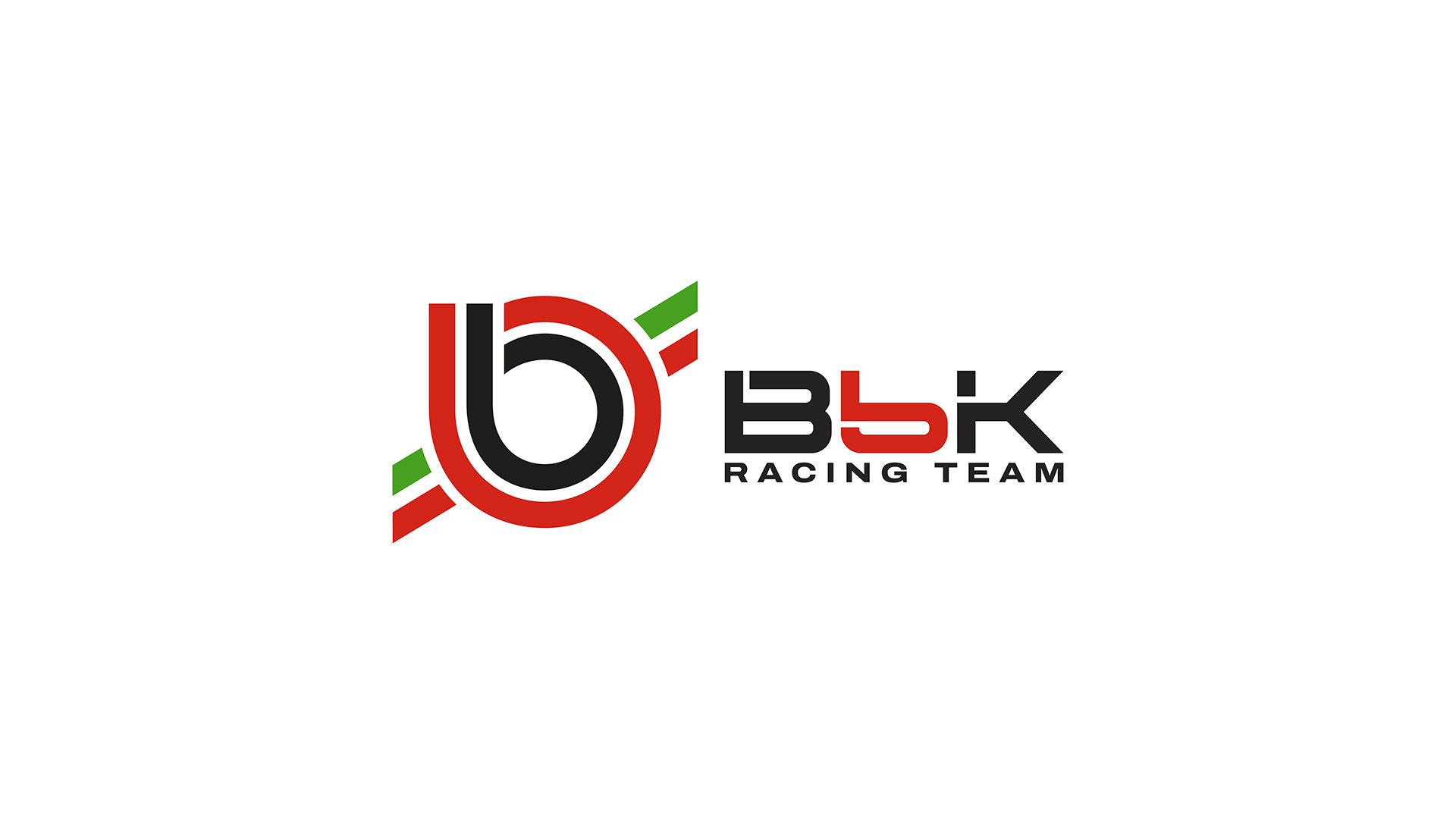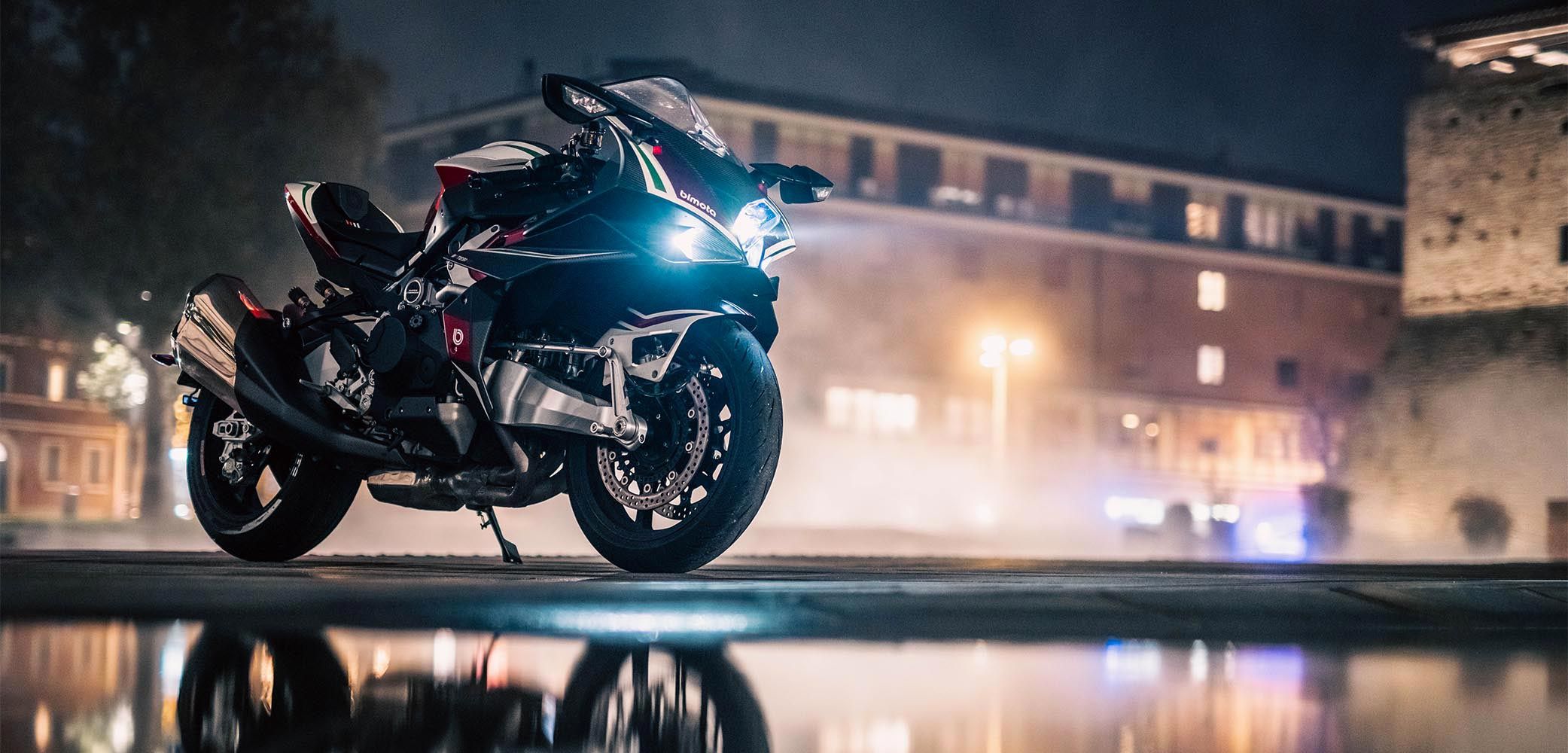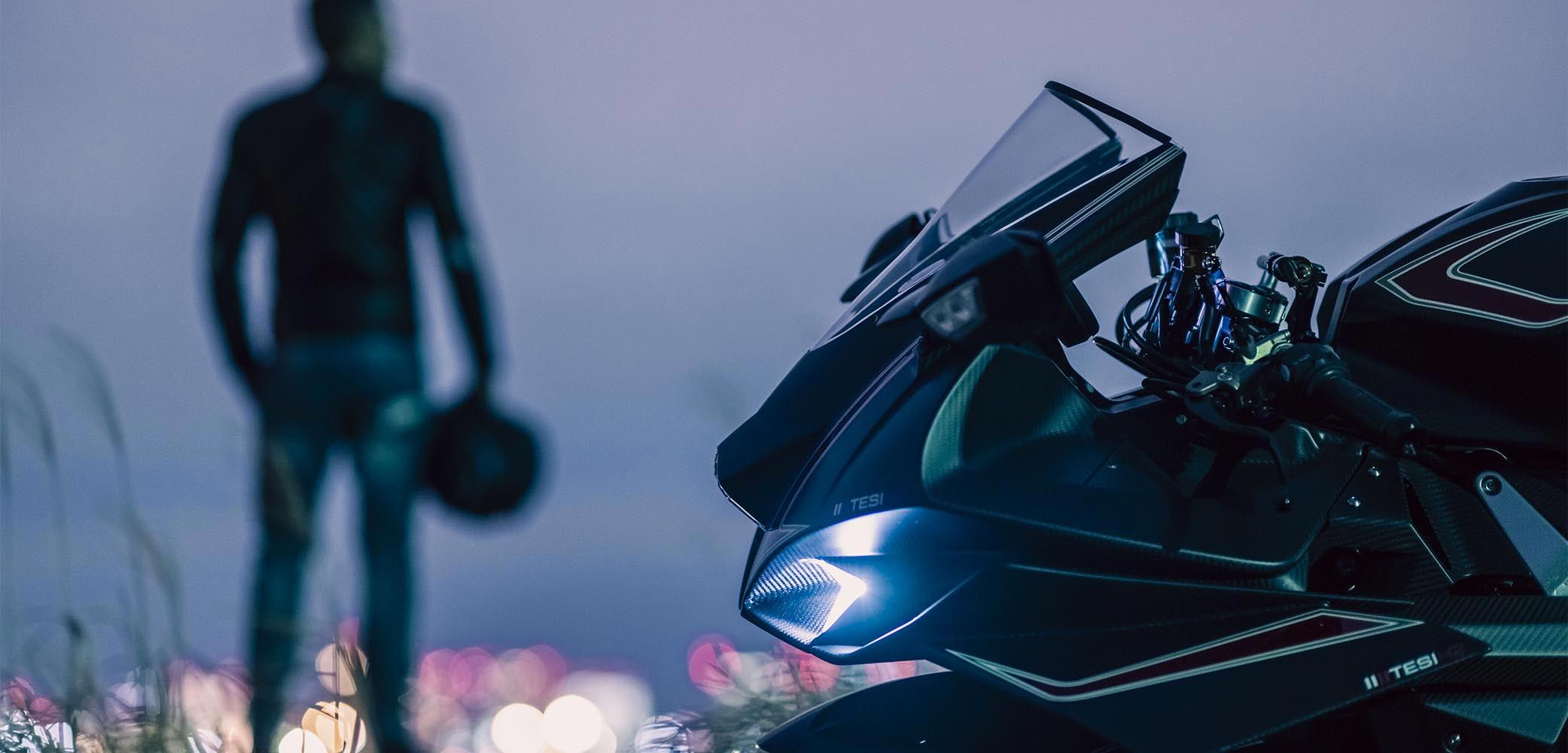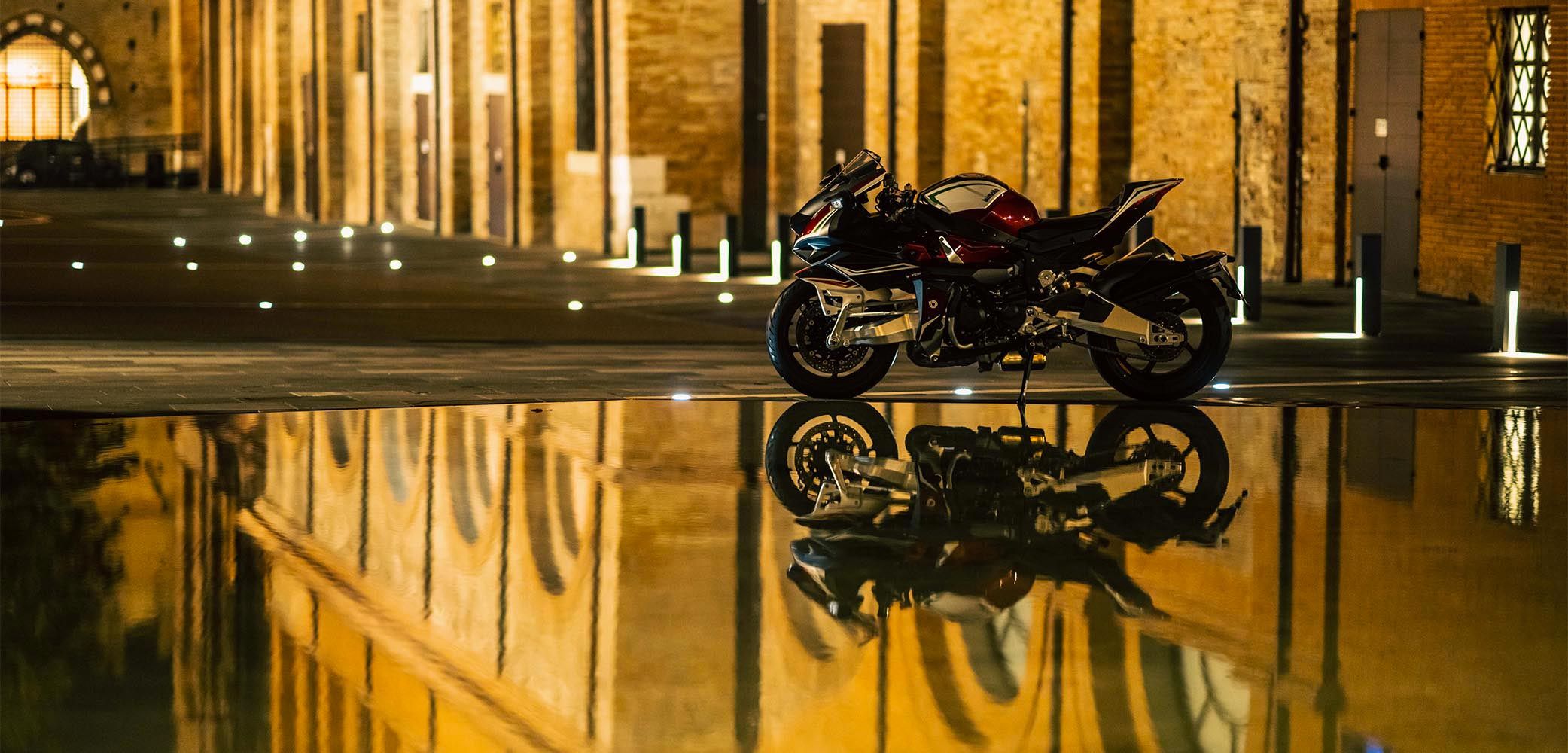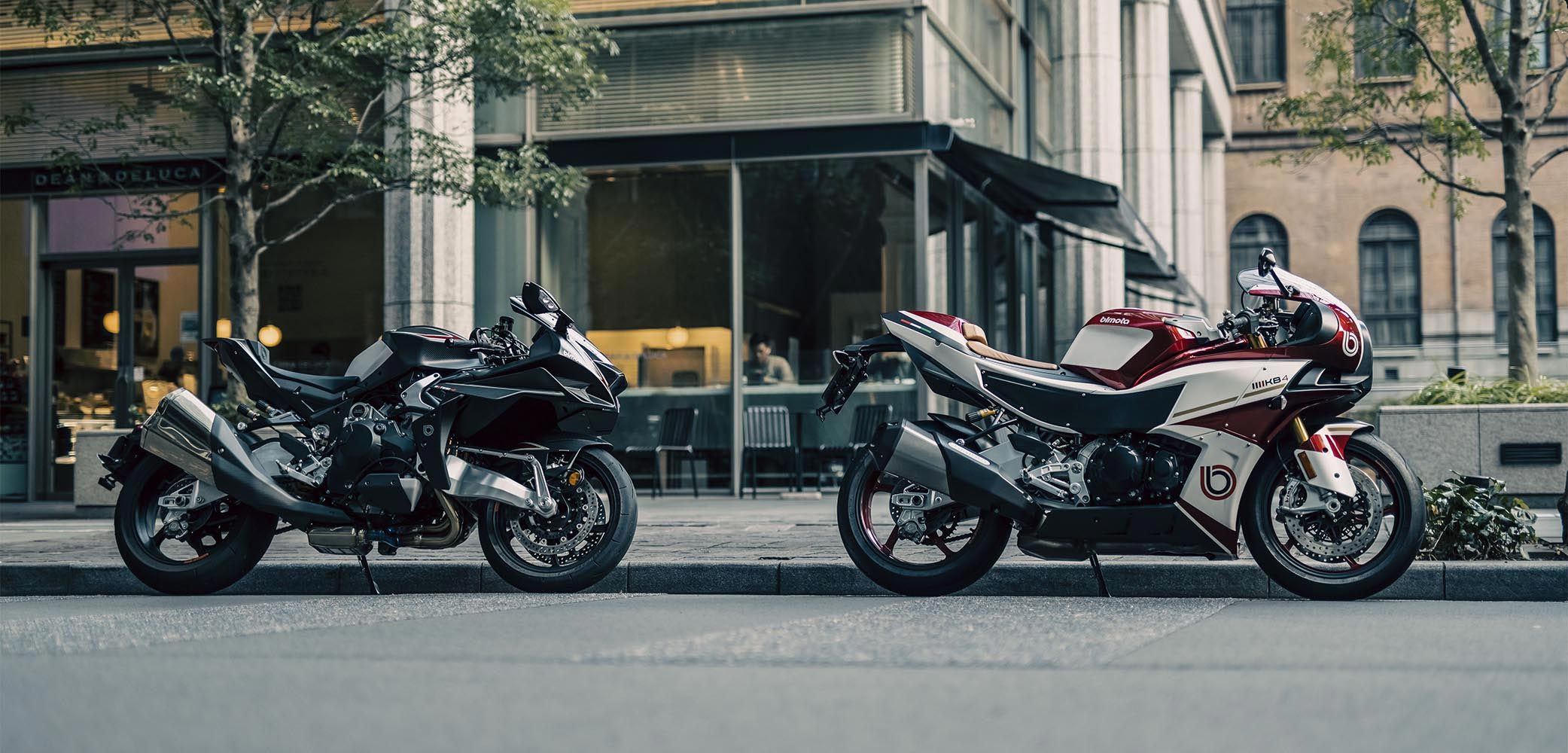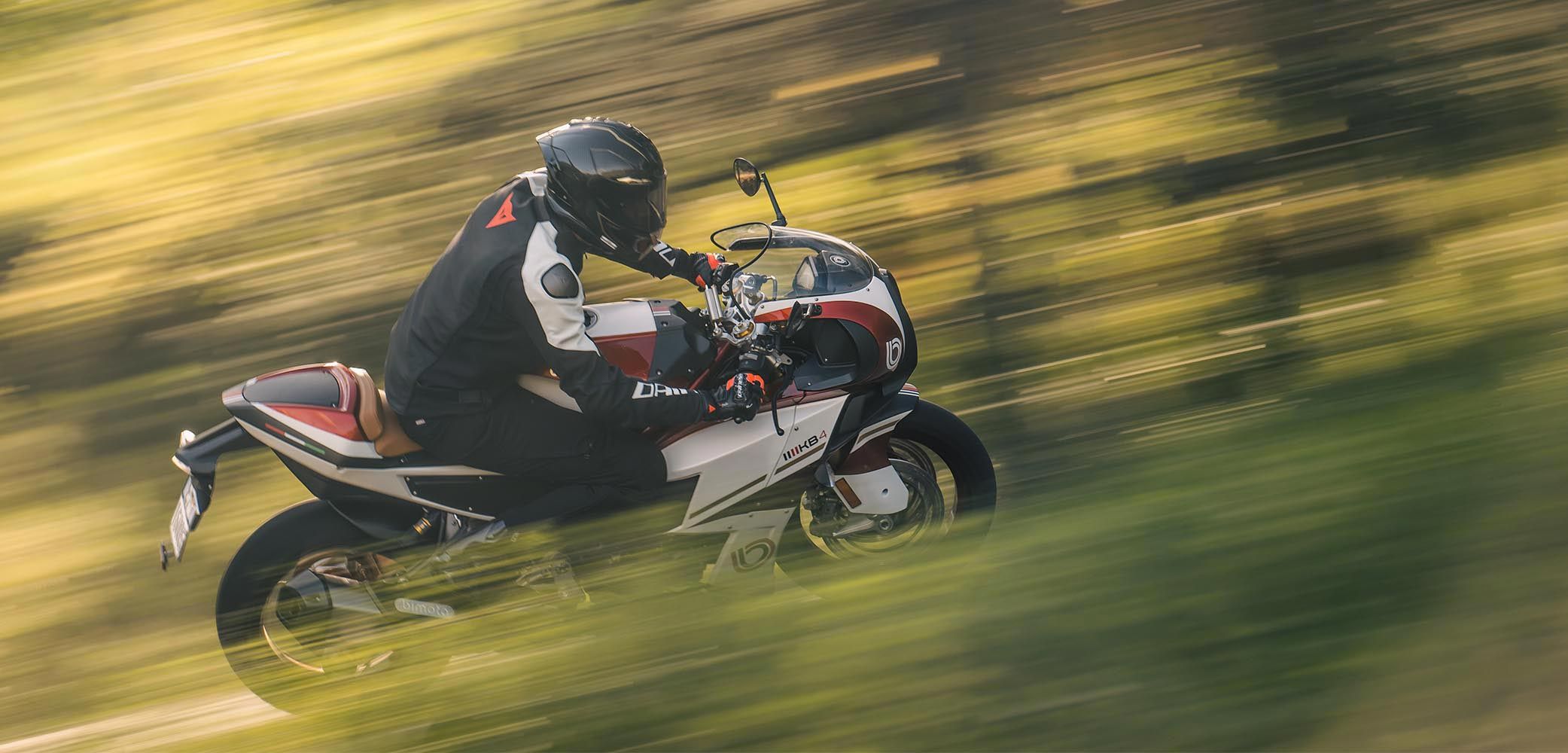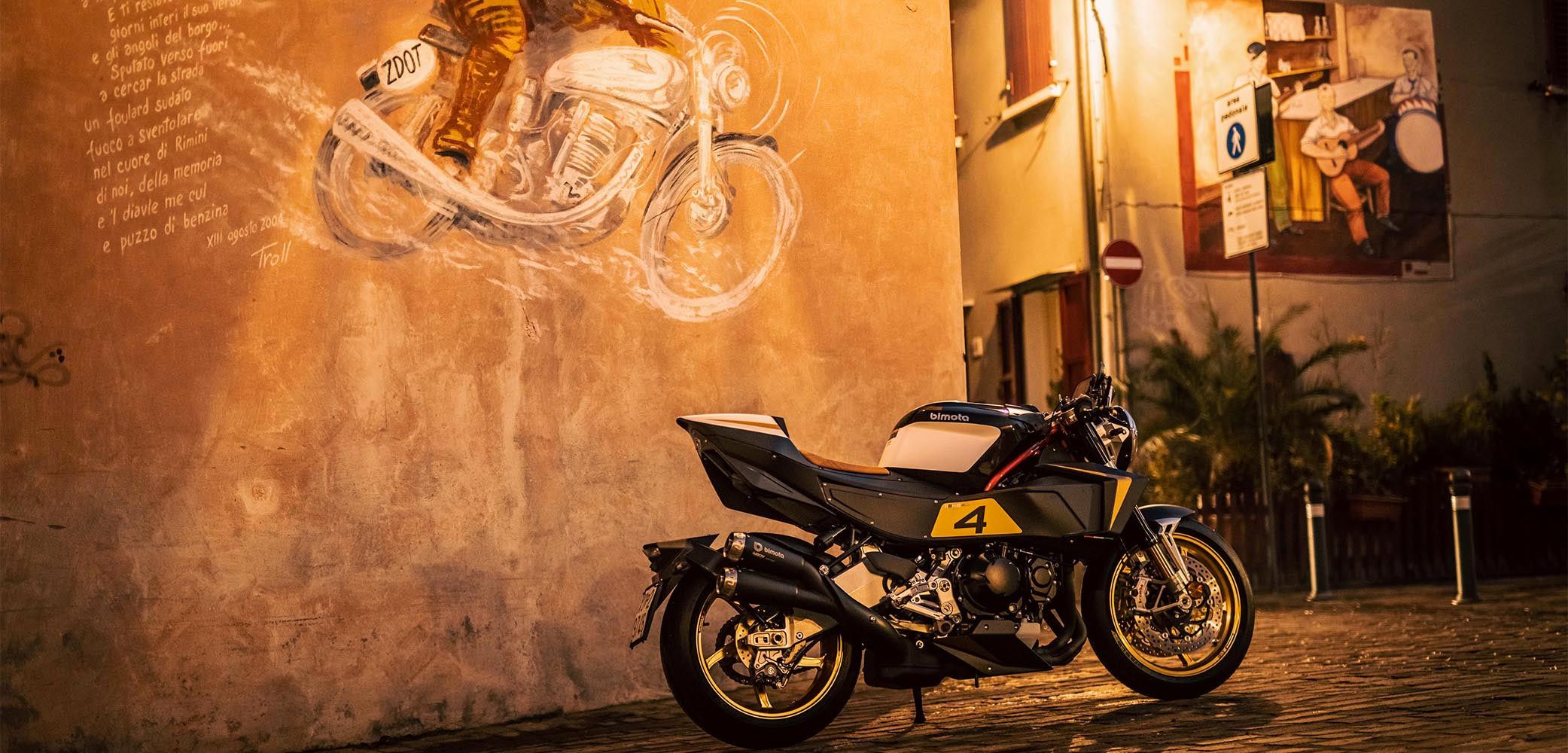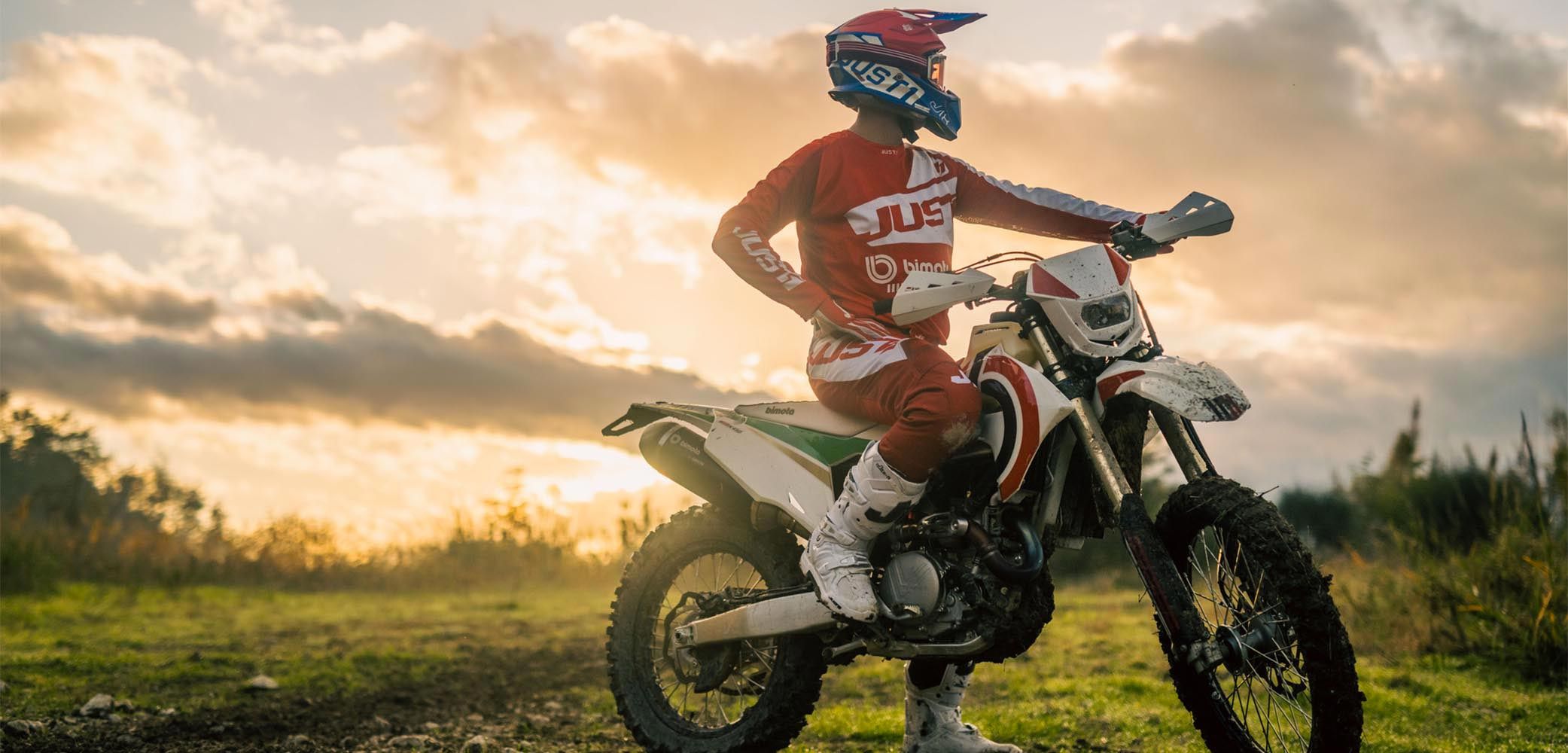Over fifty years of Style: beauty, desire and legend.
Valerio Bianchi, Giuseppe Morri and Massimo Tamburini founded BI-MO-TA in 1966: a company specialised in the installation of air conditioning and heating systems.
The business originated from their surnames – or, rather, their initials – and thrives thanks to their reputation as visionary men, creators of thought, determination and enterprise.
Ingenious technicality and a refined graphic vision characterised the first chassis; that of his own motorcycle incorporating a new frame and replacing the shaft drive transmission with a chain version, thus transforming a standard motorcycle into a super sports bike, giving life to the concept of a “special”.
The vision soon gained momentum, innovations increased and riding passion becomes irrepressible.
What started as a small enthusiast workshop becomes a graceful and élite “living room-garage, offering authentic examples of refinement, taste and sophistication.
Rimini – the mythical “City of Dreams” portrayed by director Federico Fellini – and its splendid surroundings stretching on one among the most beautiful seafronts in Italy – is the perfect setting for the Bimota Meccanicaworkshop, soon to become a hub and meeting place for discerning riders.
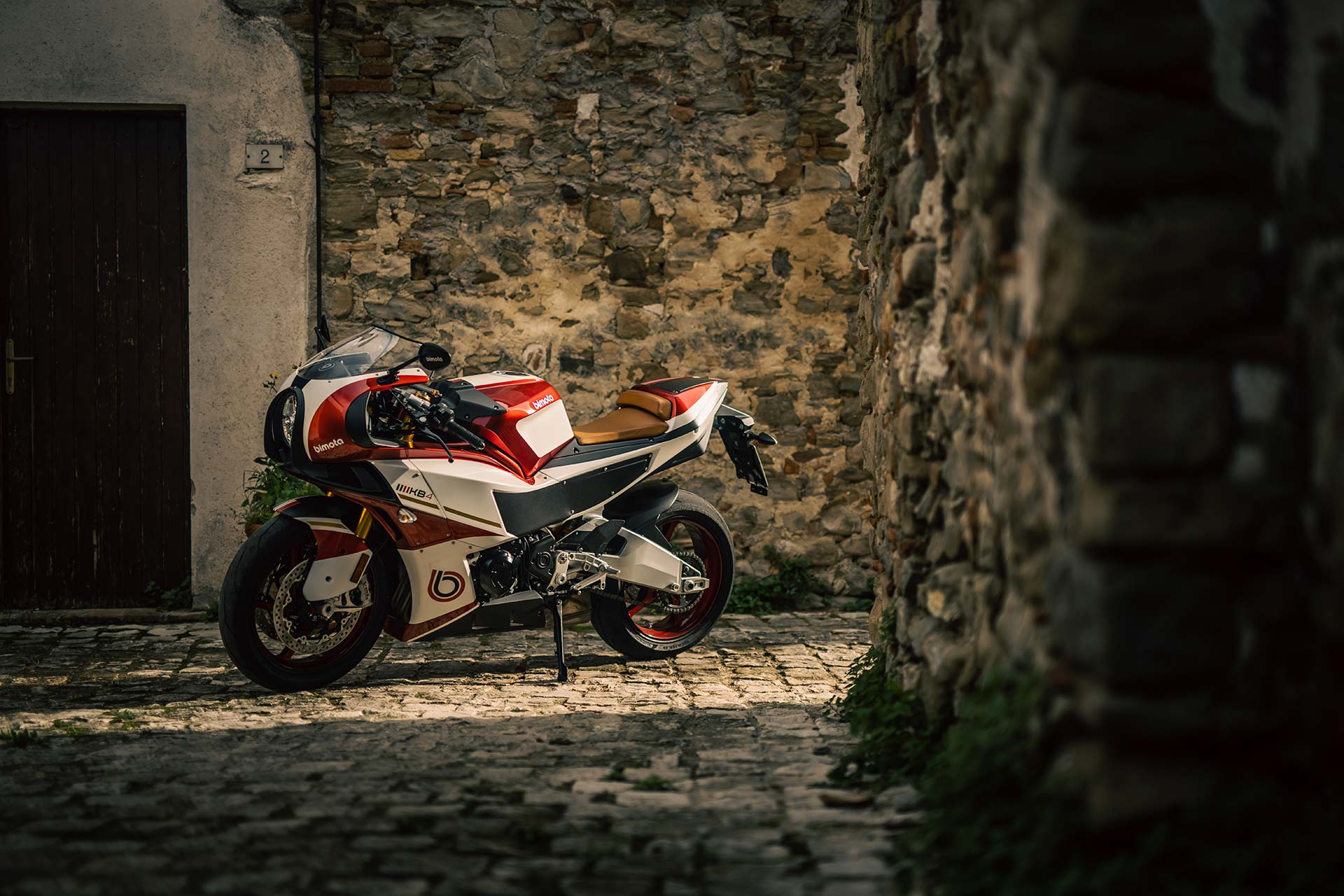
Italian style at its best
An inseparable combination of fervent passion and undisputed technical ability merged to create a new concept of motorcycle. The motorcycle whole world was taken by surprise characterised by:
- Details made with extreme attention to detail
- A “sculptural” design approach twinned with high engineering.
A highly personalised approach led to tailor-made and, therefore, unique results that were immediately admired and desired by media and public alike. Components the enthusiasts could only previously dream of are incorporated to reveal the ultimate sophisticated and high-performing motorcycles.
In the Autumn of 1973 owners of such road motorbikes as Honda – and later Kawasaki, Yamaha, Suzuki and Ducati – found a unique styling and engineering masterpiece.
Global Ambassadors
The first complete vehicle creation came to life from Tamburini’s brilliant drawing: The HB1 resulted in just ten specimens of Italian uniqueness: a revolutionary tubular frame built around the heart of a four-cylinder Honda CB 750, lowering the centre of gravity and reducing the weight of the first Japanese superbike of many.
In 1977 the innovative SB2 (with its characteristic demountable frame) were in the motorcycle world spotlight; soon to be followed by iconic Kawasaki powered KB1 in 1978.
In the 1980s the racing world is forced to focus its attention on the elite Rimini workshop.
The style and value of “Made in Italy” is globally acknowledged and, in 1980, the 350 World Championship is dominated by Jon Ekerold on his Yamaha powered YB3, plus in 1987 the TT F1 World Championship is secured by Virginio Ferrari.
In the same period, some Bimota road machines emerged and rightfully entered history such as the DB1, YB4 EI and the first Tesi prototypes.
At the end of the 1980s, Pierluigi Marconi inherited the technical vision of his predecessors.
His genius and his skilled hands result in models with aluminum box frames including YB8, YB8 E, YB8 Furano, YB9 Bellaria, YB9 sr, YB9 sri YB10, YB10 two-seater, YB11, SB6, SB6 R, SB7, SB8 R, and trellis frame models such as DB2, DB2 sr, DB2 EF.
Among his creations, and still an undisputed icon today, the innovative TESI 1D from 1990 is the first to go into production.
By the beginning of the new Millennium, the asphalt of ordinary roads suddenly morphs into a racetrack. So, after eleven years, BIMOTA once again lines up on the WorldSBK starting grid: this time with the SB8 R.
Soon after, a road model – the carbon version of the SB8 K – offers the tempting possibility of exclusive motorcycling to discerning enthusiasts.
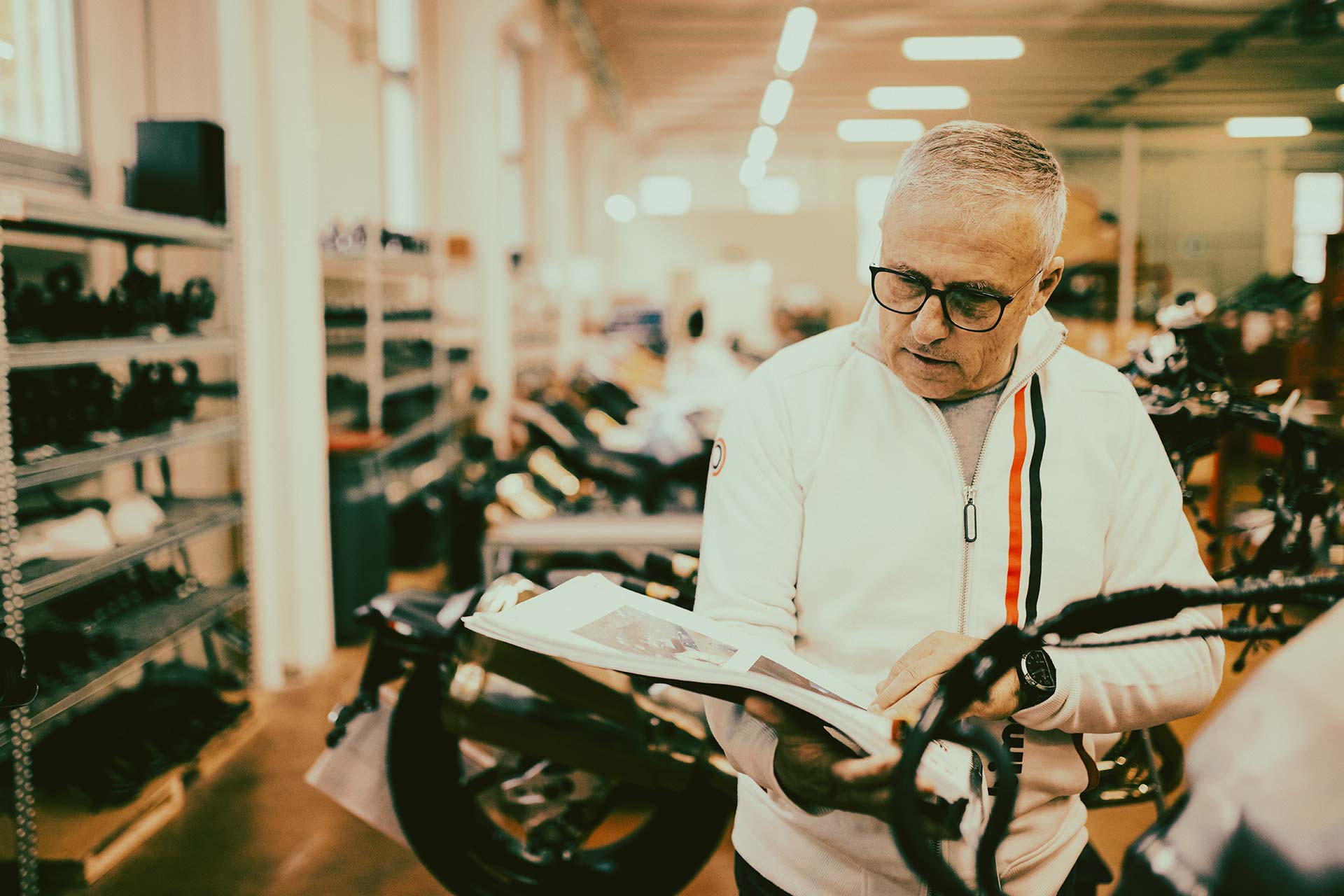
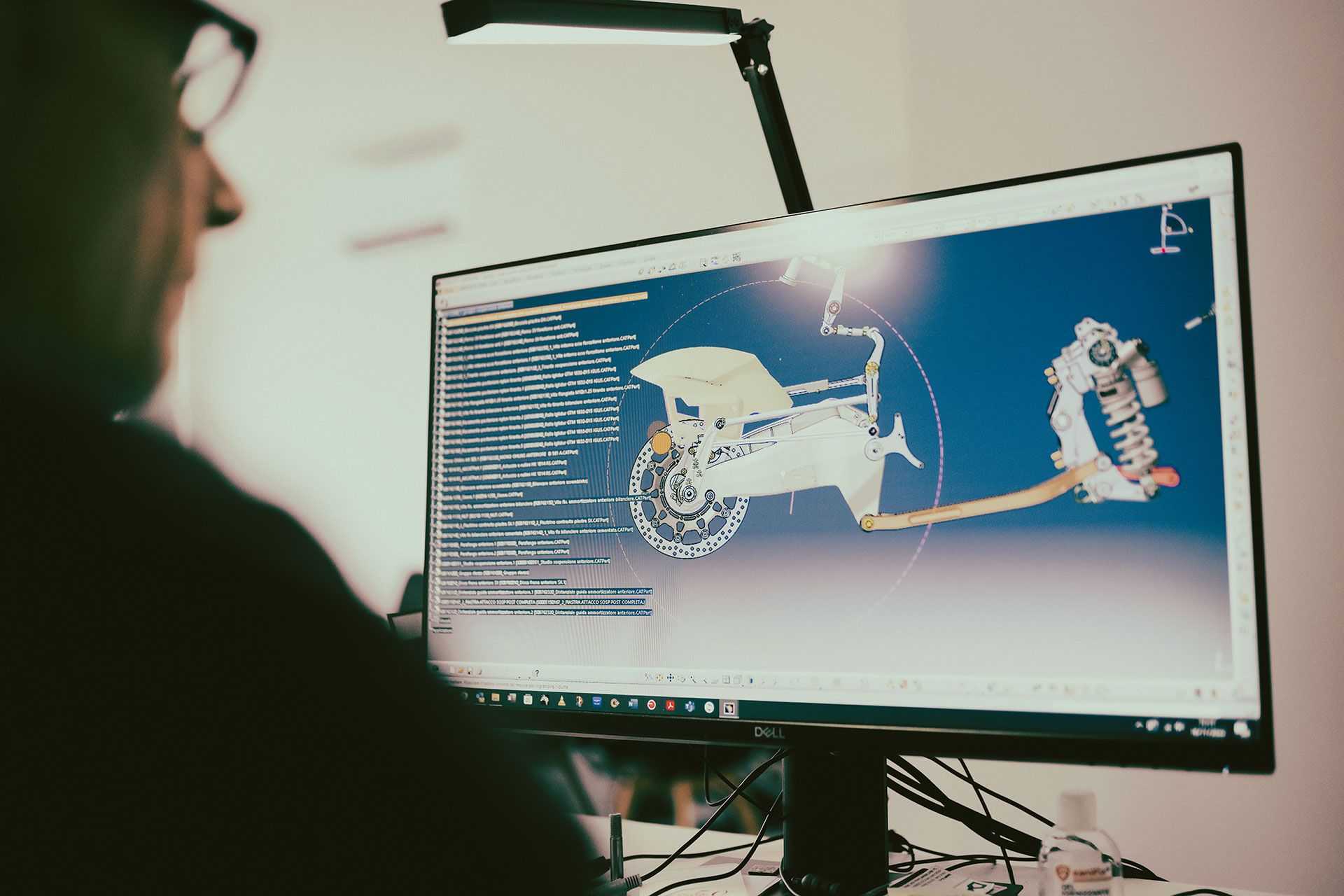
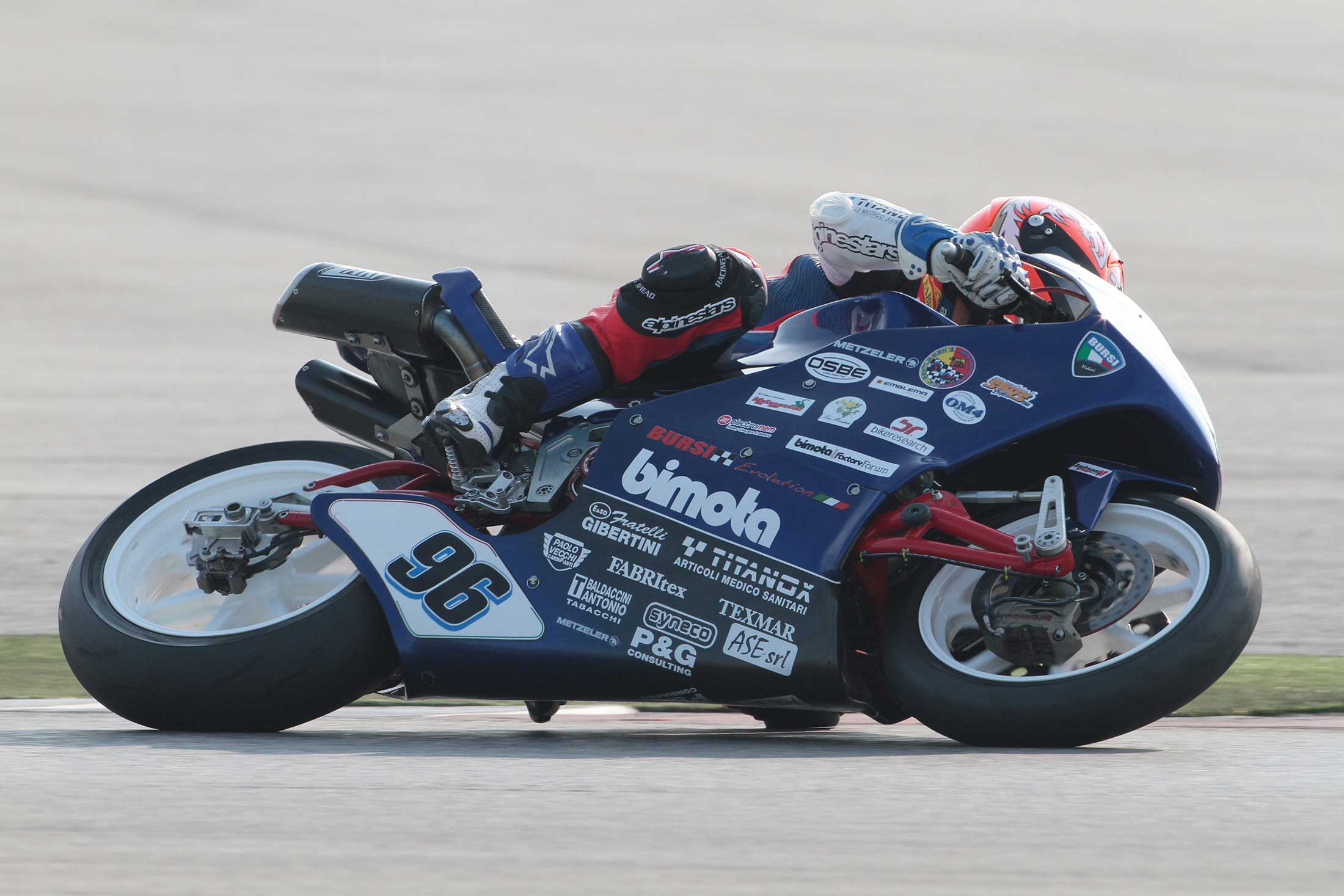
Beauty is seen, charm is experienced
This is what the “Motorcycle Design Association” judges thought when, in 2004, they awarded the DB5 “The 2004 Motorcycle Design Award” in the Supersport category.
These are the years of the naked DB6 Delirio as realised by the ingenuity of talented young designer Sergio Robbiano.
Andrea Acquaviva, the tailor of the trellis frame and designer, Enrico Borghesan, give shape to the DB7 in 2007.
A two-wheel expression of technical innovation.
The frame is a trellis structure mixing oval-section tubes and billet aluminium plates, with the swing arm pivoted directly onto the engine and the rear suspension articulation also connected in the same way.
Not just rumours.
Bimota is a constantly evolving and shaping tradition, an all-enveloping project with well-defined features resulting in a symbol of global quality and pride.
Bimota S.p.a.
Via Ausa 118
47853 Cerasolo Ausa di Coriano
RN – Italy
